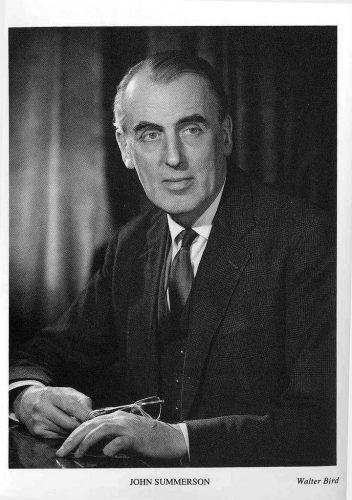While there has not been a recent major earthquake in the Pacific Northwest, research has proven that the area is seismically active. Building codes were established to withstand earthquake damage and new buildings have been held to this higher standard. However, there is a substantial portion of the commercial and residential buildings which have not been retrofitted to date. This cool interactive map shows earthquake risk in Portland based on the age of construction… and the pervasive color “red” is bad.
While wood frame houses may fare reasonably well in an earthquake, the highest risk buildings are large structures made of brick. The term for these sorts of buildings in Portland is “unreinforced masonry” or URM for short. They are the buildings that give Portland all of its “character” like classic old apartment buildings and multi-use commercial and residential structures. Many schools, churches and community centers also fit in this classification. This article estimates that it would cost $4.6B to retrofit the remaining URM buildings in Portland. They also note that at the current rate of upgrades, it would take 100 years to complete the effort.
I read a different local article and an engineer put it most pithily
The value of an URM building is zero
I do see some building owners “biting the bullet” and doing a seismic upgrade. When I look out the window of my building I can see many of the older buildings that gabapentinoral have been upgraded in this manner, and many that have not. Here is a construction notification for a nearby 5 story masonry building that is being retrofitted.
There are two threads here that are most interesting to me:
1. How do owners of apartment buildings, where residents will most certainly be at higher risk of death during an earthquake, sleep at night? They talk about the costs of retrofitting as if it is an abstract event; but not doing so creates an economic externality of human misery that apparently they value very little if at all
2. Any mandate the city or region employs on URM will almost certainly drive gentrification because owners will have to invest in higher cost apartments and in turn raise rents; ironically, the city’s mandates on re-use and burden of oversight rules will make the future rent increases even more burdensome
The likeliest solution is some sort of “muddling along” in the near term. For valuable commercial and high rise residential locations, the inevitable commercial upgrades will drive the URM upgrades. For apartment buildings, the future is much dimmer, because if you are a landlord owning an URM building, you can’t raise and invest the money if your local competitors are just going to “accept” the URM risk (on behalf of their residents, ironically). In fact, it makes no sense at all to invest anything more than the cosmetic minimum in these URM buildings, which will move them down the road of being slums at some point in the future.
Cross posted at LITGM




